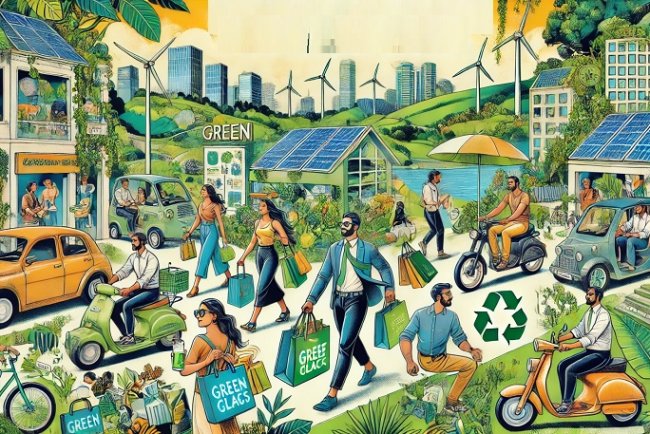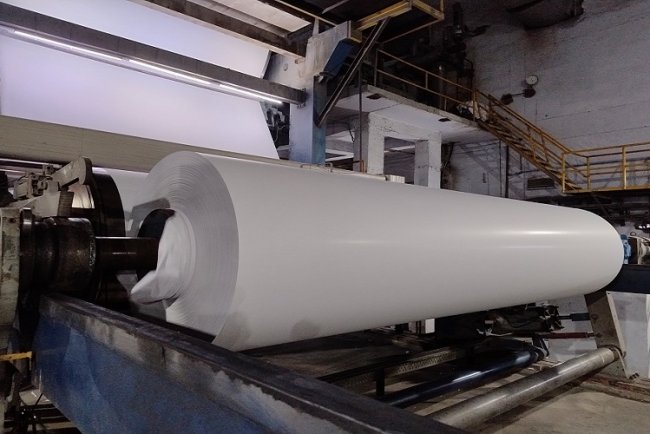India’s Traditional Ethos For A Greener Future
By blending Indian ecological wisdom and cutting-edge technologies, modern-day heritage infrastructure can actively participate in environmental stewardship

India is known for its vibrant culture and is considered the oldest civilization in the world. The significant influence of culture and heritage flows rich and diverse in the lanes of this country, blended with traditions, beliefs, art, and architecture. This is the land where tangible and intangible cultural heritage has been preserved and presented from one generation to another through innovative architecture, which has now become dedicated spaces of expression and human creativity.
The Indian landscape is dotted with incredible architecture, grand temples, and marvelous historical forts. Interestingly, these ancient practices of building monumental infrastructure were strategically planned with an underlying philosophy of co-existence with nature rather than human dominance. Across India, from the rock-cut caves of Ajanta to the stepwells (baoli/bawdi) of Gujarat and Rajasthan, the temple complexes and Gopurams of South India foster a sense of connection to the natural world. The economic development in India’s ancient history was aligned with the natural topography, reducing the need to destroy or completely eradicate the local biodiversity.
However, in modern times, the lack of ecological sensitivity has resulted in the whole world facing mounting environmental challenges. Climate change, increased greenhouse gases, dependency on non-renewable resources, pollution, deforestation, and wildfires have resulted in the loss of major green cover worldwide.
Sri Chanchalapathi Dasa, President of Vrindavan Heritage Tower, highlights, “A certain amount of urbanization is fine, but at the same time, an effort, an endeavor to preserve the ecosystem should be there. When people visit us from across the world, they should return with a lesson of sustainability, caring for Mother Earth and Earth's resources.”
When environmental degradation threatens to disrupt the ecological balance, these historical blueprints remind us that sustainable living is deeply rooted in our country’s culture and traditions.
A similar concept has been revived and redefined by the modern heritage project Vrindavan Heritage Tower, situated in the heart of Vrindavan. This upcoming tallest cultural heritage project is being built specifically in the Chhatikara region, which is associated with the pastimes of Lord Krishna. Rising to a height of 210 meters, this infrastructure is a testament to how large-scale initiatives can play a crucial role in environmental guardianship with their selective practices intertwined with culture and traditional wisdom.
Sri Chanchalapathi Dasa said, “While working on this project, we thought we shouldn’t come here and disturb the sacred ecology of Lord Krishna’s abode. So, from the very beginning, the thought process of preserving the ecology, preserving the ecosystem that is celebrated in our scriptures, was there. At the same time, addressing the contemporary man’s need, scaling employability, and boosting spiritual tourism and regional livelihood sources were the factors. Factors which were governing, inspiring, driving our planning and thought process.”
Vrindavan Heritage Tower integrates the net-zero principle, recycling in construction, efficient waste management, and a renewable energy system. The organization also has various ongoing projects that align with different Sustainable Development Goals (SDGs).
Sri Chanchalapathi Dasa adds, “The goal should be to develop sustainable urban ecosystems where people can witness the development, walk with some strong lessons on sustainability, and develop sensibility towards the environment.”
Vrinadavan Heritage Tower has incorporated a Rainwater Harvesting System, which creates a water pool called Chandra Sarovar inside the campus, and stores water that recharges the groundwater levels. Furthermore, the organization has a Biodiversity Park stretched across 6 acres in the premises. As per the design and planning, this biodiversity park is a replica of the 12 sacred groves of Vrindavan. It is a humble attempt to create a complete ecosystem for the native flora and fauna of Braj to flourish in this environment. It has a dedicated space for organic farming, aquatic life, and medicinal herbs to restore local biodiversity. A walking trail across the park helps visitors to explore and further promote conservation awareness.
Vrindavan Heritage Tower has a well-equipped Biogas Plant Facility dedicated towards cattle manure management and green energy production. Animal waste is collected from the organization’s cow protection initiative, Surabhi Kunj Gaushala, which houses more than 500 cows, calves and bulls. This waste is processed further in the biogas facility, and the nutrient-rich organic leftover called digestate is used as organic fertilizer and soil conditioner to improve crop yield and soil health.
The organization is committed to empowering and engaging the local community towards various eco-friendly initiatives and environmental awareness programmes. The community-driven initiative Swachh Vrindavan Abhiyan, led by Vrindavan Heritage Tower, is driven by one mission and vision: Swachhta Hi Seva Hai. The dedicated team ensures implementation of modern waste management techniques for efficient segregation, automatically reducing landfills. This initiative is dedicated to preserving the spiritual and cultural heritage of Braj for future generations and instilling a sense of responsibility among the local masses.
By blending Indian ecological wisdom and cutting-edge technologies, modern-day heritage infrastructure can actively participate in environmental stewardship. Change is needed, and it starts with taking accountability for actions that affect the planet's health. Vrindavan Heritage Tower understands that architecture is not merely about concrete and steel; it's about leading a climate-conscious community and establishing harmony with nature.
This article is based on an interaction with Sri Chanchalapathi Dasa, President, Vrindavan Heritage Tower, and has been written by the project's representatives
What's Your Reaction?

















